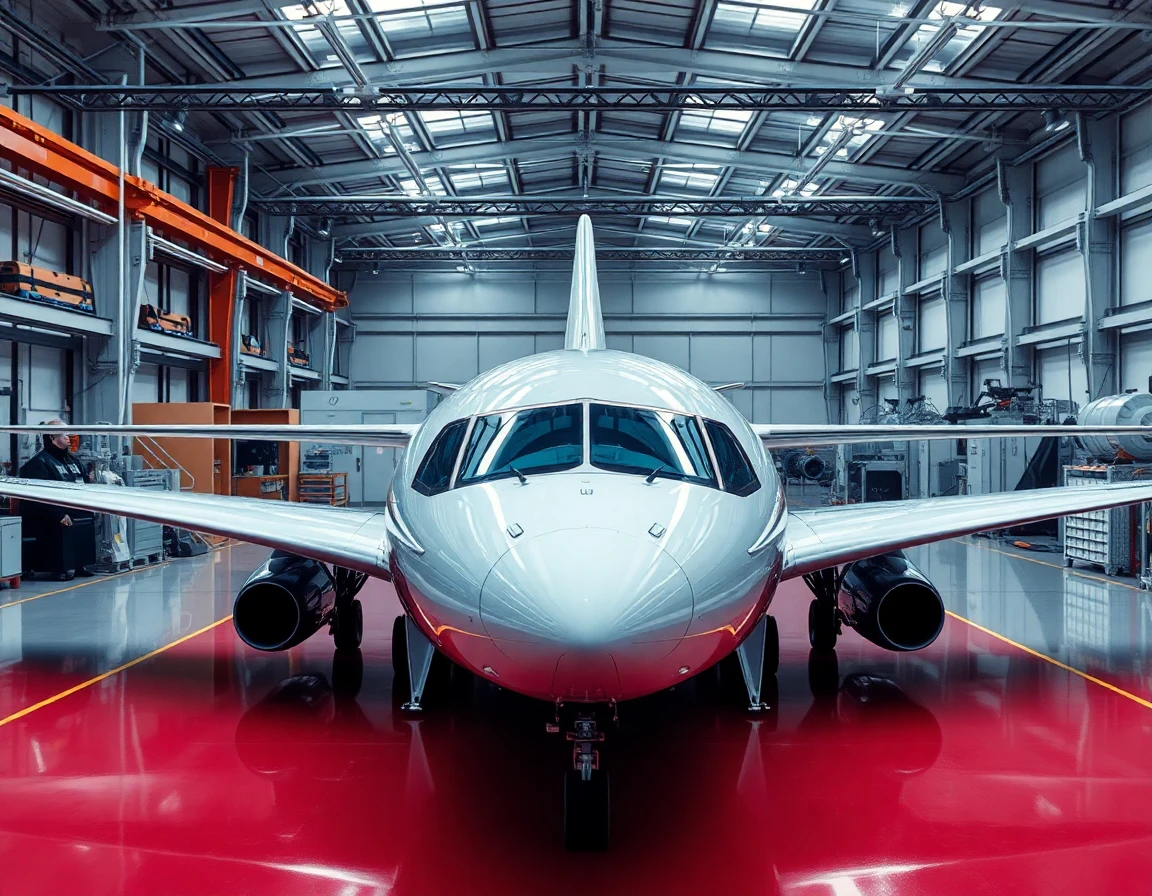Recent advancements in artificial intelligence (AI) are transforming the aerospace industry, particularly in the realm of aircraft design. By leveraging AI technologies, engineers are able to create optimized aircraft designs that not only enhance performance but also improve safety through predictive analytics. This article delves into the significant impacts of AI in aircraft design, the technologies involved, and what the future holds for this evolving field.
The Integration of AI in Aerospace Engineering
AI in aircraft design is not merely a trend; it is a paradigm shift that is changing how engineers approach the complexities of aerospace engineering. The integration of AI allows for the analysis of vast datasets, enabling engineers to identify patterns and make informed decisions that were previously thought to be beyond reach.
Enhanced Design Capabilities
One of the most significant advantages of AI in aircraft design is its capacity to enhance design capabilities. Traditional design processes often involve extensive trial and error, which can be time-consuming and costly. AI algorithms, however, can rapidly generate thousands of design variations and analyze their performance using simulations.
For example, machine learning models can predict how different wing shapes will perform under various flight conditions, leading to more aerodynamic and fuel-efficient designs. According to Dr. Lisa Chen, a leading aerospace engineer at Aerodynamics Innovations, “AI-driven simulations allow us to explore design options we never would have considered before, leading to breakthroughs in efficiency and performance.”
Predictive Analytics for Enhanced Safety
Safety is paramount in aviation, and AI is stepping up to the challenge through predictive analytics. By analyzing historical data from aircraft operations, AI can identify potential safety issues before they arise. This proactive approach can significantly reduce the likelihood of accidents and improve overall flight safety.
For example, predictive maintenance systems powered by AI can monitor aircraft components in real-time, assessing their health and predicting when maintenance should be performed. This not only enhances safety but also minimizes downtime and maintenance costs. “The integration of AI in our safety protocols has allowed us to move from reactive to proactive safety management, which is a game changer for the industry,” says Tom Harrison, Chief Safety Officer at FlightTech Corp.
The Role of Satellite Communication in AI-Driven Design
Another critical aspect of AI in aircraft design is its synergy with satellite communication technologies. Satellite communication systems enable the collection and transmission of data from aircraft to ground stations in real-time. This data, when analyzed using AI algorithms, can provide invaluable insights into aircraft performance and operational efficiency.
For example, AI can analyze data from satellite communication systems to optimize flight paths, reduce fuel consumption, and improve overall operational efficiency. The integration of AI with satellite communication is paving the way for smarter, more efficient air travel. As noted by Dr. Emily Carter, an aerospace technology analyst, “The combination of AI and satellite communication is revolutionizing how we design and operate aircraft, leading to safer and more efficient flights.”
Future Developments in AI and Aircraft Design
The future of AI in aircraft design looks promising, with continuous advancements expected in the coming years. As machine learning techniques become more sophisticated, we can anticipate even greater levels of optimization in aircraft design processes. Future developments may include:
- Autonomous Design Systems: Fully autonomous design systems that can create and validate aircraft designs without human intervention could soon become a reality.
- Real-Time Data Integration: The ability to integrate real-time data from various sources, including satellite communication, will enhance the predictive capabilities of AI, leading to more informed design decisions.
- Sustainability Innovations: As the industry shifts towards sustainability, AI can help design greener aircraft, optimizing for reduced emissions and lower fuel consumption.
Conclusion
AI in aircraft design is revolutionizing the aerospace industry, bringing forth enhanced design capabilities, improved safety protocols, and the promise of future innovations. As technologies such as satellite communication continue to evolve and integrate with AI, the potential for smarter, safer, and more efficient aircraft is limitless.
The future of aviation is not just in the skies but also in the algorithms that drive innovation. With AI leading the charge, the aerospace industry is poised for an exciting transformation that will redefine how we think about aircraft design and safety. As we look ahead, it is clear that AI will remain a central player in the evolution of aviation technology.



